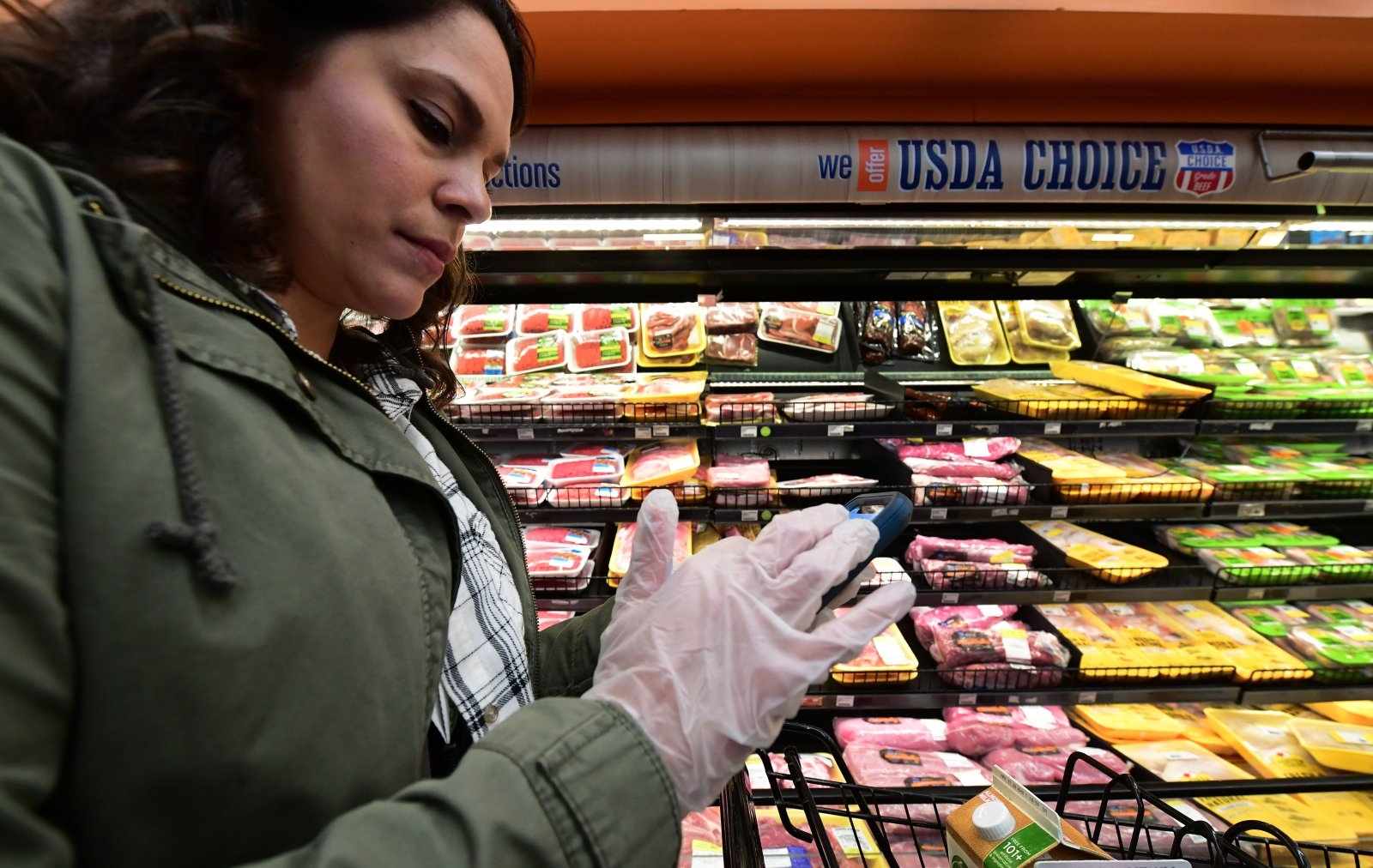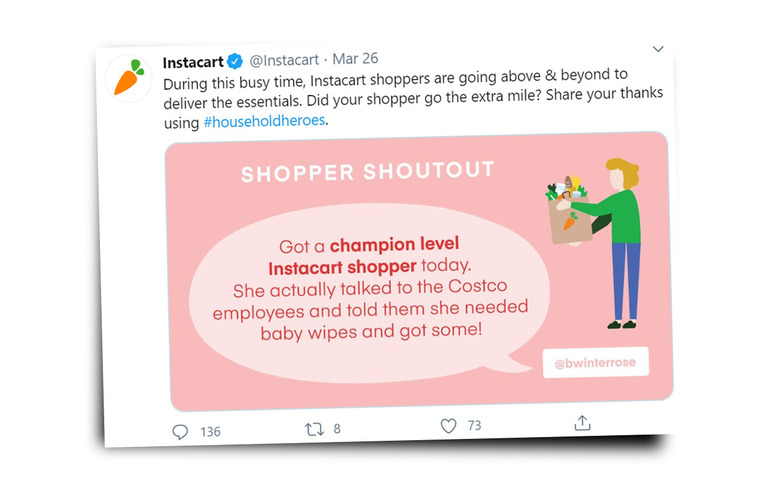


She was intrigued and decided to sign up for herself. Looking for a different income source, Jen noticed long wait times on Instacart’s app while trying to get her own groceries delivered. Jen, shopper advocate, 54, based in Massachusetts, shopping with Instacart since April 2020ĭuring the pandemic, the clothes business side hustle that Jen had established came to sudden halt. We don’t have another choice but to get so loud and so vocal that we bring that kind of attention to the issues,” said Solis. “I’m participating in the Instacart walkout because I feel like there is no other option. Instacart’s newly tenured CEO, Fidji Simo, has offered little response to workers’ concerns, and Solis says he’s ready to strike.
/cdn.vox-cdn.com/uploads/chorus_image/image/66578212/GettyImages_1207671956.7.jpg)
During threatening situations Solis has experienced, having live Instacart support was important for de-escalation now, he says, that human resource is gone. “I had to work my tail off to try and get back on track.”Ĭhanges to Instacart’s support service, now automated, has also left Solis feeling unsafe on the job. “It was a very tough period of time financially,” said Solis. When Solis did get Covid, he didn’t qualify for Instacart’s pay assistance program, and had to rely on family during the two months he was unable to work.

While the company did send out personal protective equipment (PPE) to shoppers after facing public outrage and mounting collective action, Solis says the PPE was of poor quality and he was never compensated for the equipment he bought himself. As an immunocompromised person, trying to stay safe during the pandemic while having to work to pay bills was a challenge that Instacart offered little support with. Instacart’s changing pay structure is the source of at least two class-action lawsuits, but safety is also something Solis has struggled with. “It’s getting to the point where it’s just not enough and I’m not making what I need to make,” said Solis. While he once brought home $1,000 a week, now Solis often struggles to break $500 for a week’s work after sitting on the app for hours in search of profitable orders, even while working across multiple apps besides Instacart. Soon, Solis was experiencing huge cuts in his pay from when he started. In some cases, he was making up to 50% less than average on orders. Tips, which make up the bulk of pay for shoppers, also dropped when Instacart’s default tip was set at a paltry 5%. When Instacart decided to bundle individual orders together (“batches” as shoppers call them), batches began to double and triple in size – with 60 or 70 items in a batch for multiple orders at different addresses – while the pay remained the same. “I thought it was a pretty good deal as far as the pay compared to what I was actually doing, the time frame I was allowed to do it in, and all that stuff,” said Solis.īut soon, Solis noticed dips in his pay – small at first, but ever-growing. After running a business since 2008 and while trying to move out of state, he joined Instacart because it offered a low bar of entry and the flexibility Willy needed. Willy Solis, 43, Instacart shopper in Texas since October 2019, lead organizer with the Gig Workers Collectiveįor Willy Solis, Instacart started as a way to make ends meet during a transitional employment period.


 0 kommentar(er)
0 kommentar(er)
